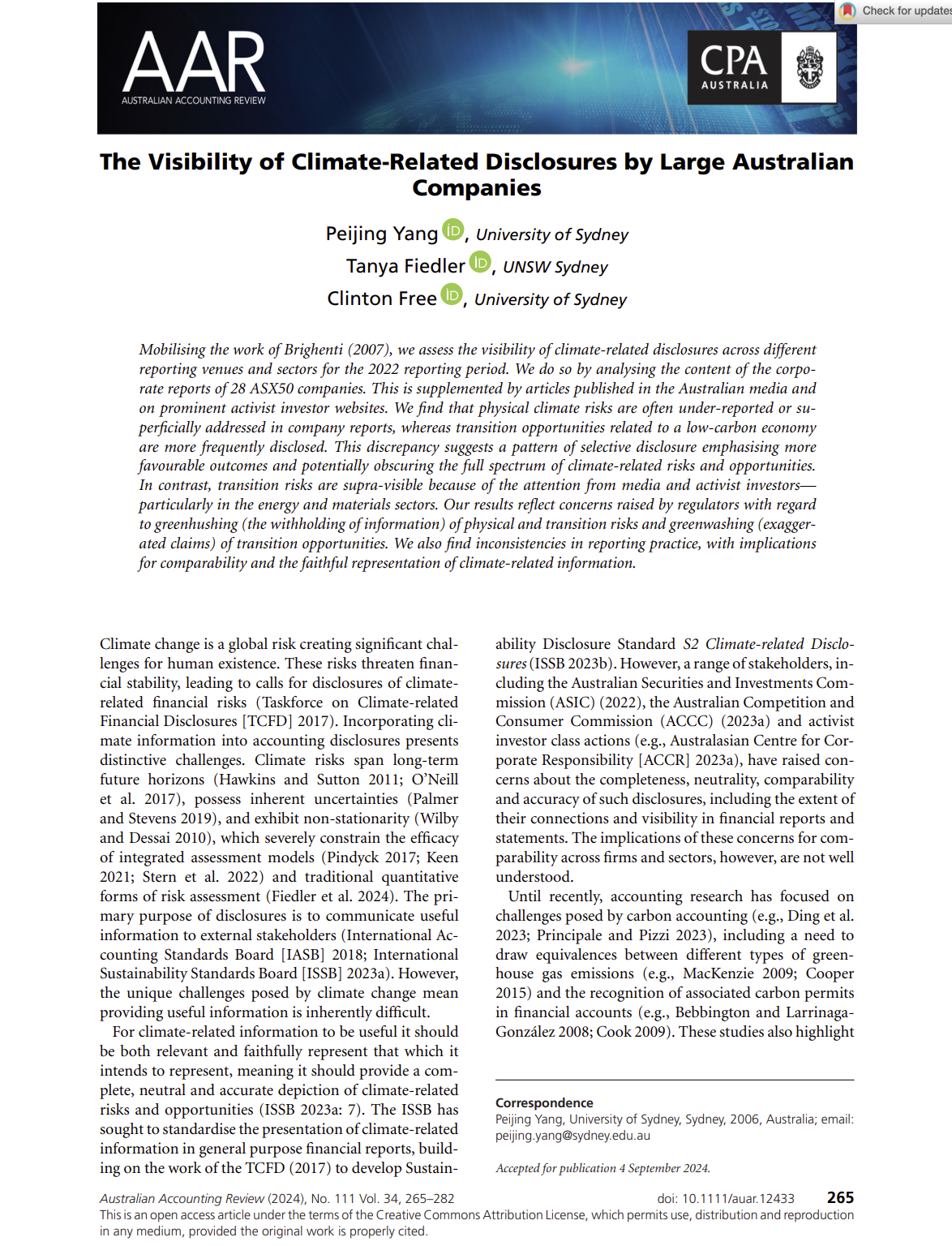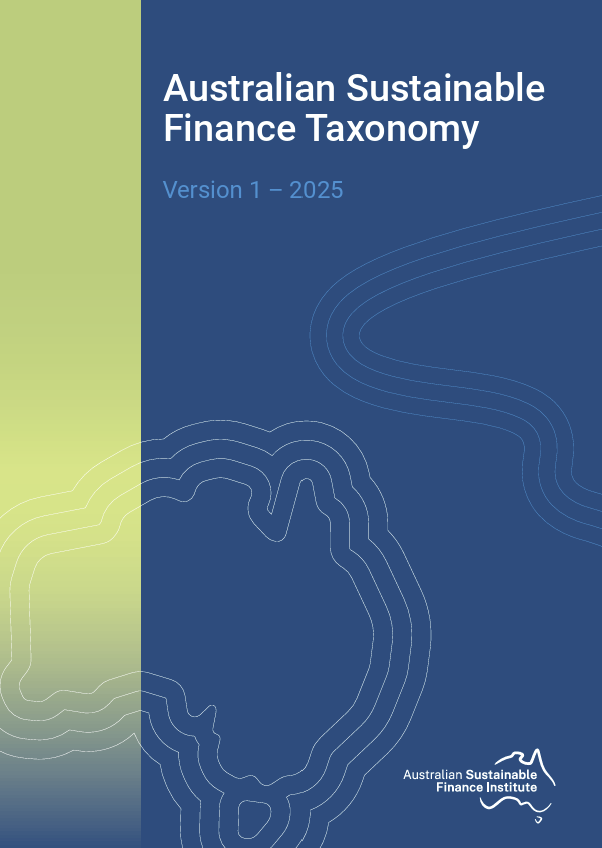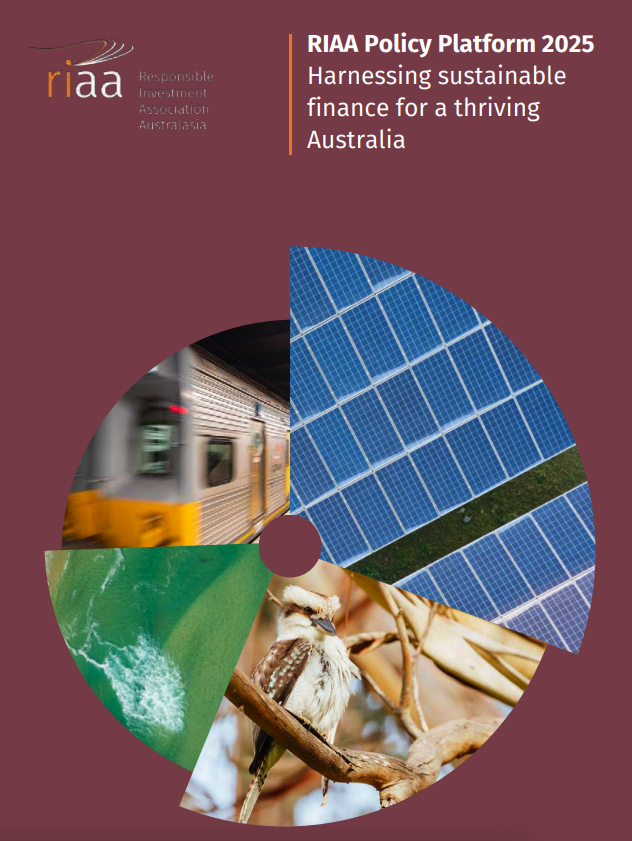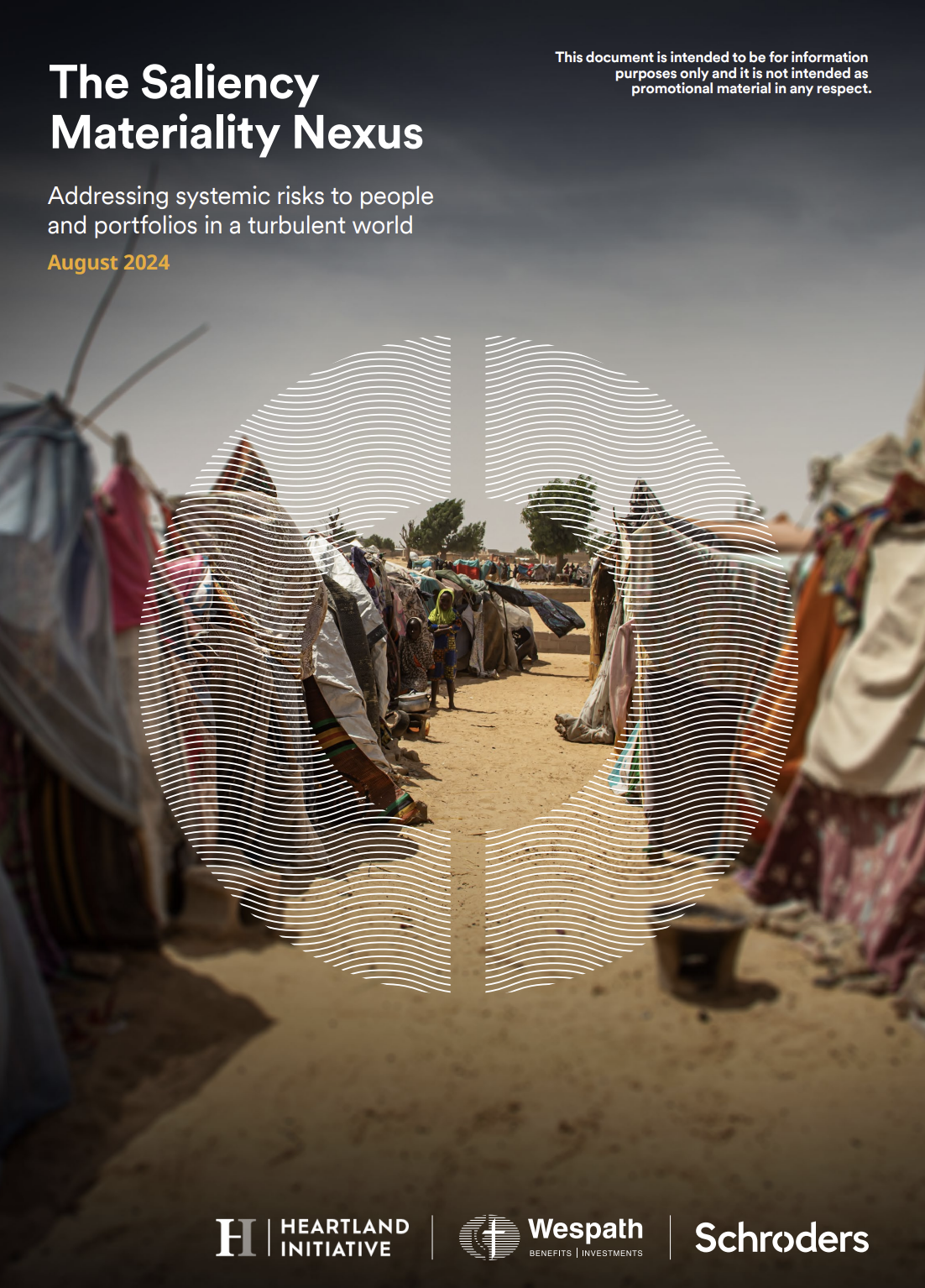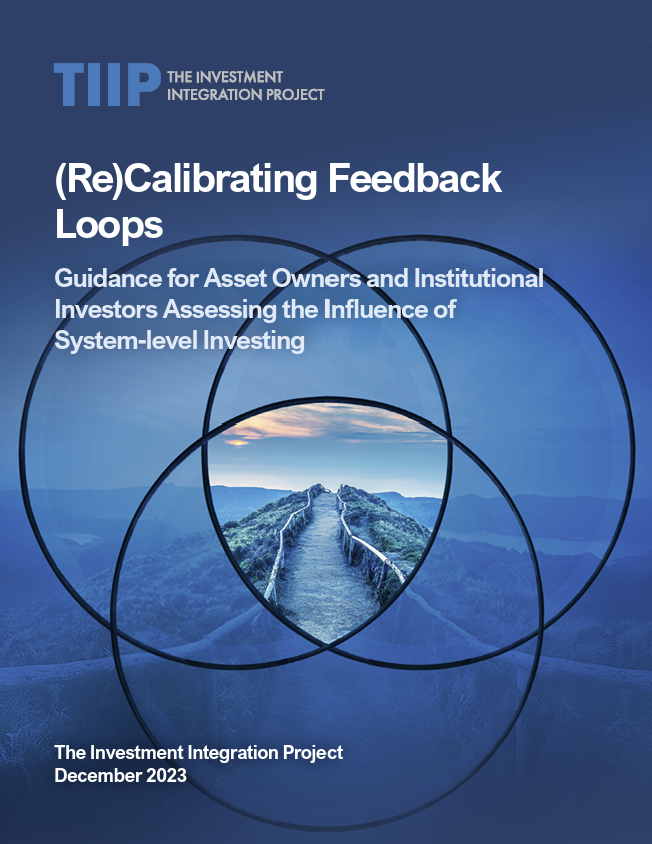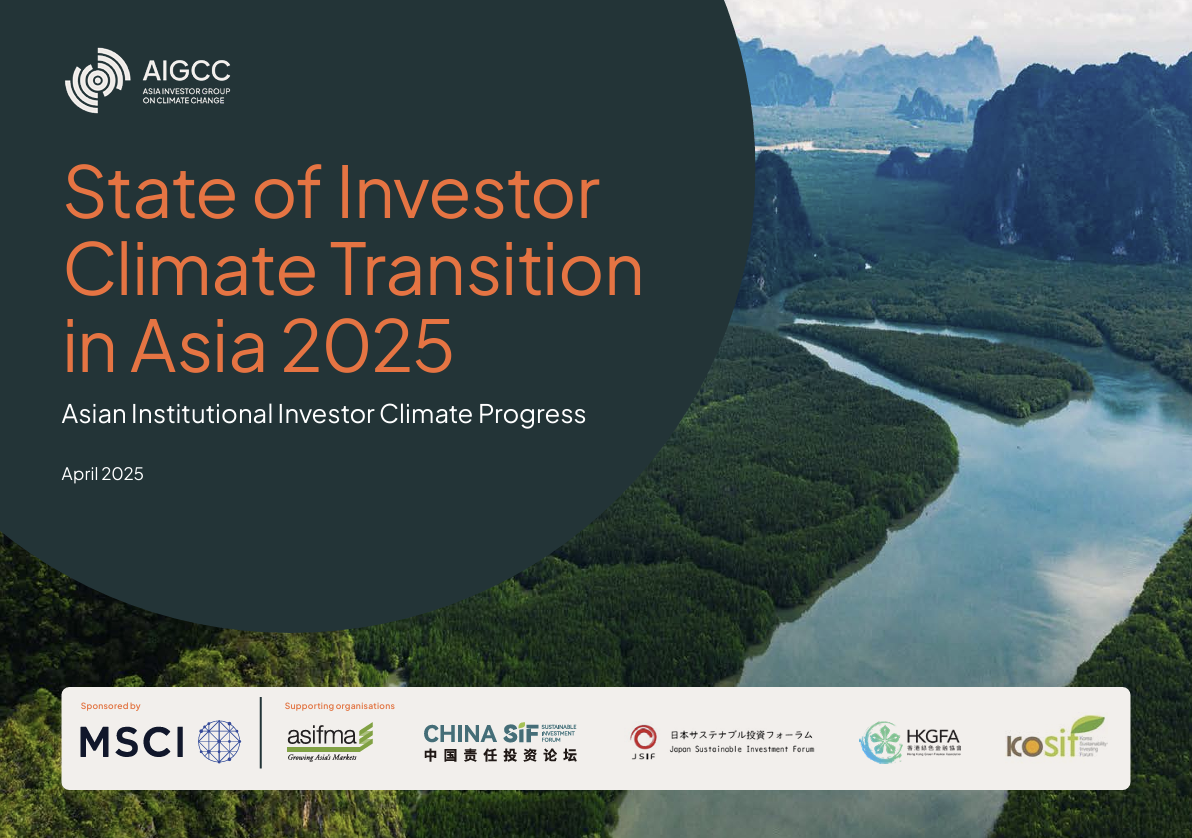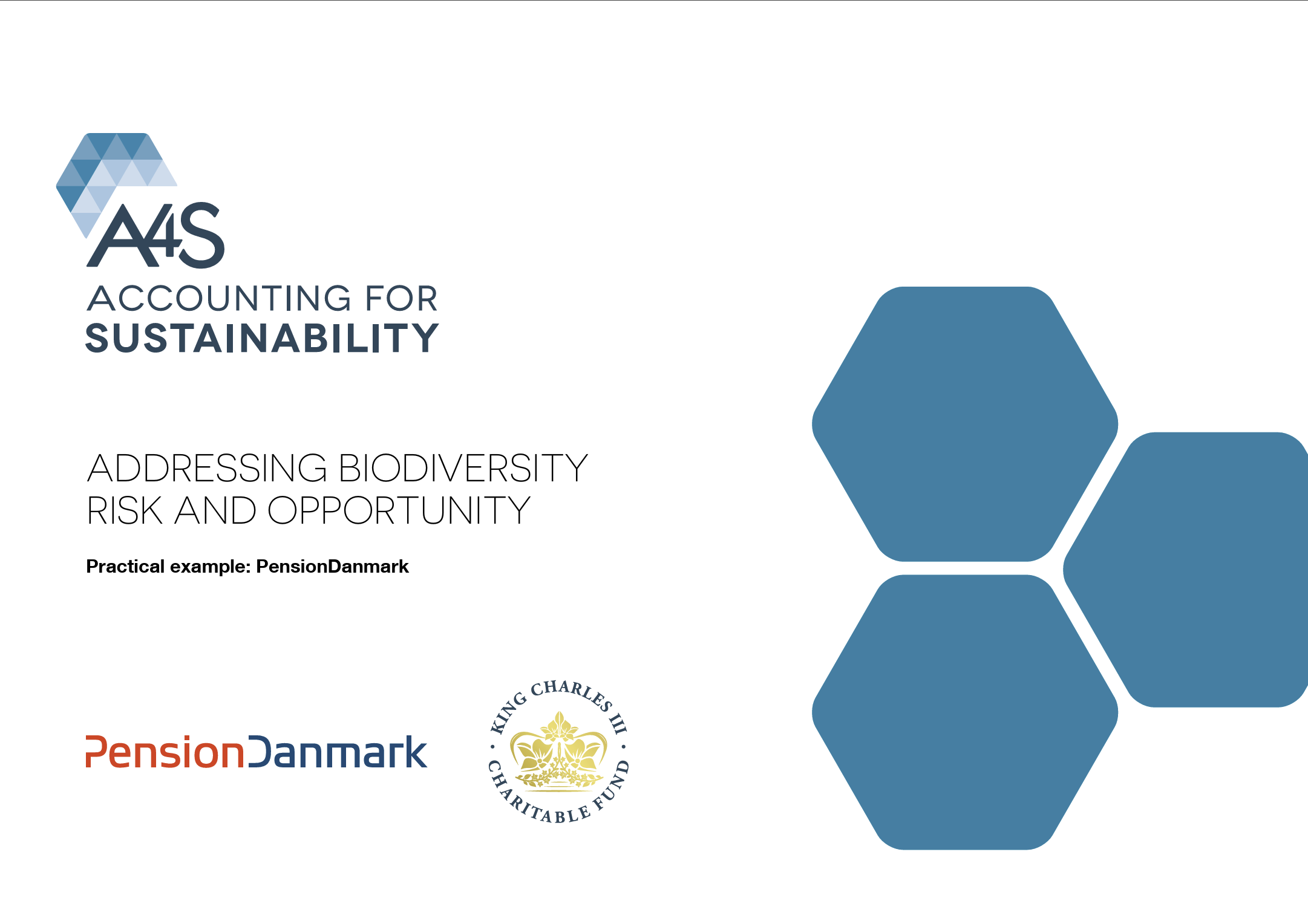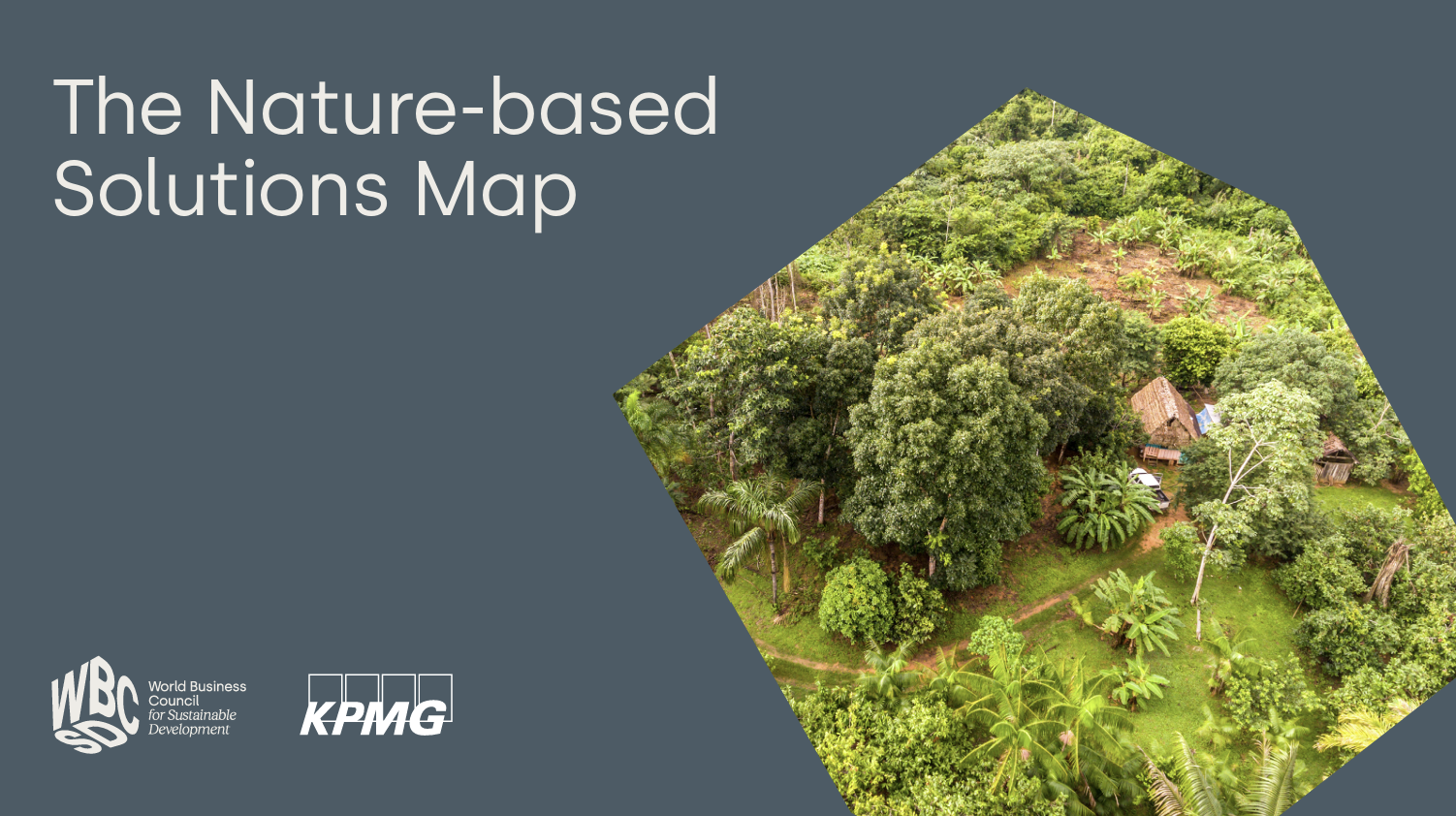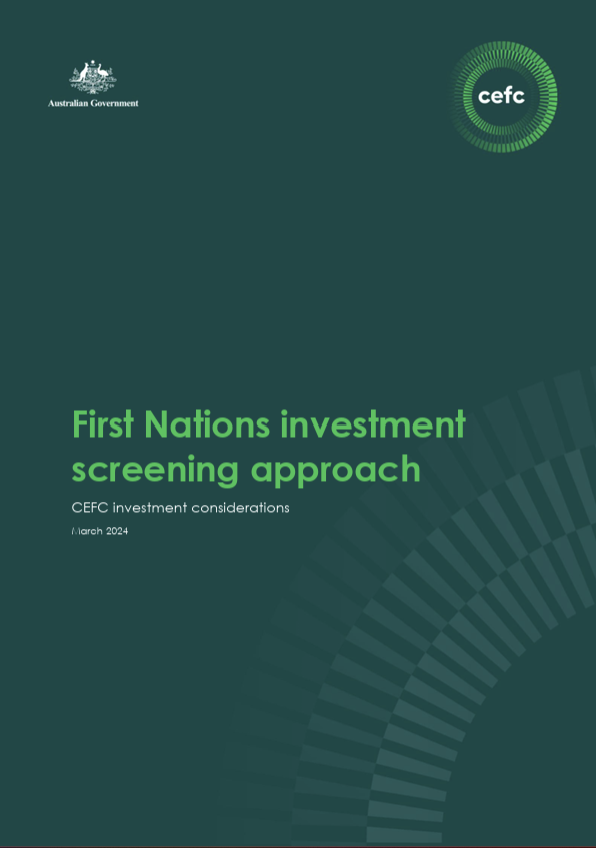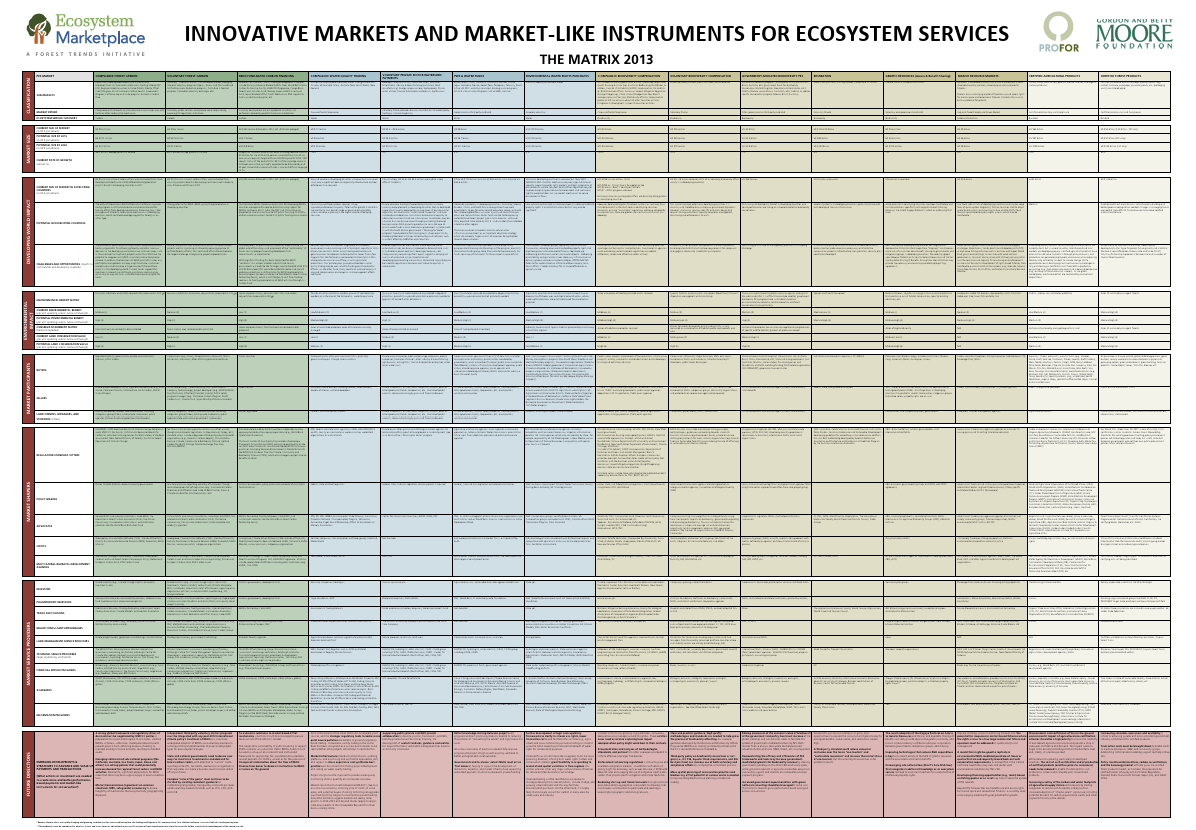Library | SASB Sustainability Sector
Utilities
Refine
117 results
REFINE
SHOW: 16


The visibility of climate-related disclosures by large Australian companies
This study examines the visibility of climate-related disclosures in reports from 28 large Australian ASX50 firms during 2022. It finds that disclosures on physical climate risks are generally limited and superficial, whereas opportunities from the transition to a low-carbon economy are more prominently highlighted, indicating selective disclosure practices across sectors.
Australian sustainable finance taxonomy (Version 1 - 2025)
The Australian Sustainable Finance Taxonomy (2025) provides a framework classifying economic activities aligned with environmental sustainability goals, particularly climate mitigation. It includes performance-based criteria for key sectors such as agriculture, mining, energy, construction, and transport, facilitating sustainable capital allocation, consistent reporting, and transition planning, thus supporting Australia’s transition to a net-zero emissions economy.
IEEFA's Australian gas and LNG tracker
The IEEFA Australian Gas and LNG Tracker is an interactive tool offering bi‑annual updates on Australia’s LNG infrastructure, demand forecasts, export capacity and trade flows. It integrates data from sources such as Kpler, AEMO and IEEFA’s own analysis to enhance transparency in gas and LNG market dynamics.
RIAA Policy Platform 2025: Harnessing sustainable finance for a thriving Australia
The RIAA Policy Platform 2025 outlines nine policy priorities and two principles to align Australia’s finance system with sustainability goals. It recommends regulatory reforms, improved data, Indigenous inclusion, and stronger accountability to mobilise capital for a net zero, nature-positive economy that supports long-term economic resilience and societal wellbeing.
Impact economies tractions and trends: Insights from 34 GSG National Partners
This report presents insights from 34 national ecosystems advancing impact investing. It highlights trends in policy, capital mobilisation, and transparency, showing governments and institutions integrating social and environmental outcomes into investment strategies. It tracks growth in green finance, outcome-based funding, and investment readiness across emerging and developed economies.
CEW's senior executive census series
This benchmark series tracks annual progress in women's representation in executive leadership roles across the ASX300. It provides a consistent and comparative overview of gender diversity trends, highlights structural barriers, and evaluates corporate efforts towards achieving gender balance in leadership.
How just transition can help deliver the Paris Agreement
This report outlines how embedding just transition principles in climate strategies supports equitable decarbonisation. It presents trends, case studies, and a UNDP framework guiding countries to integrate socio-economic considerations into their Nationally Determined Contributions and Long-Term Strategies, promoting inclusive, sustainable development in line with the Paris Agreement.
The saliency-materiality nexus: Addressing systemic risks to people and portfolios in a turbulent world
This report introduces the saliency-materiality nexus, a framework linking severe human rights harms to financially material risks in conflict-affected areas. It highlights case studies totalling over $85 billion in losses and offers guidance for investors on due diligence, portfolio risk management, and alignment with legal and ethical responsibilities.
PRI's human rights due diligence tool for infrastructure investors
The PRI Human Rights Due Diligence Tool assists infrastructure investors in identifying, assessing, and managing human rights risks throughout the investment lifecycle. It provides practical guidance aligned with international standards to support responsible investment practices in infrastructure and other real assets.
Recalibrating feedback loops: Guidance for asset owners and institutional investors assessing the influence of system-level investing
This report guides asset owners in assessing how their investments affect systemic environmental and social issues. It introduces a framework to align investment practices with system-level goals and improve financial system resilience. Case studies explore climate change, income inequality, and racial inequity to illustrate practical applications.
AIGCC's the state of investor climate transition in Asia
This benchmark series tracks the progress of institutional investors across Asia in integrating climate considerations into governance, investment, engagement, disclosure and policy advocacy. It provides a consistent and structured assessment framework to evaluate investor alignment with net zero pathways and climate-related financial risks and opportunities.
Addressing biodiversity risk and opportunity at PensionDanmark
PensionDanmark developed a biodiversity strategy targeting its real estate and infrastructure assets to mitigate nature loss. It employs data-led initiatives, stakeholder engagement, and nature-based solutions to protect and restore biodiversity, aligning with EU taxonomy and Science Based Targets for Nature. Implementation includes construction screening, sustainable sourcing, and performance monitoring.
Landing the economic case for climate action with decision makers
The report outlines strategies to better communicate the economic rationale for climate action to decision makers. It examines barriers, including limited capacity and political constraints, and recommends clearer economic framing, stronger narratives, and alignment with national development goals to drive engagement and support for climate policies.
The nature-based solutions map
This tool is designed to help businesses identify relevant nature-based solutions (NbS) for addressing challenges related to core business operations, climate, nature, water, and social equity. It categorises NbS based on business needs and biomes, facilitating decision-making. The map serves as a starting point, requiring further development for implementation.
First Nations investment screening approach
This document provides a clear and concise example of how to screen investments for potential financed impacts to Indigenous Peoples, including both positive and negative impacts. The screening approach described was developed in consultation with First Nations representatives.
Innovative markets and market-like instruments for ecosystem services
This tool provides investors with a framework for evaluating and comparing different nature-based investment opportunities. It helps identify projects that offer the best combination of financial returns and environmental impact, supporting informed investment decisions.
